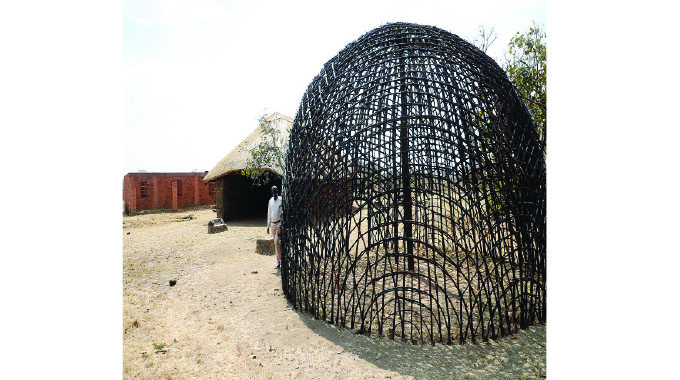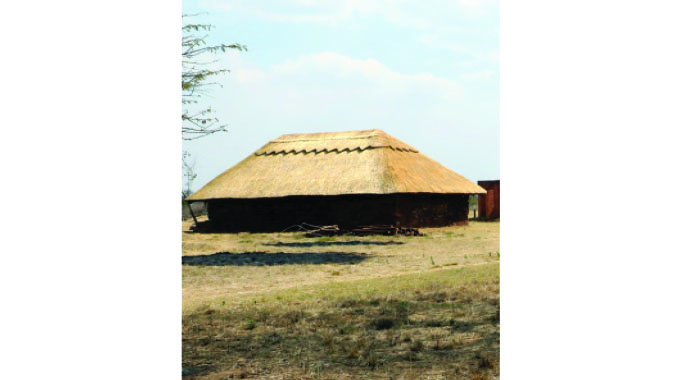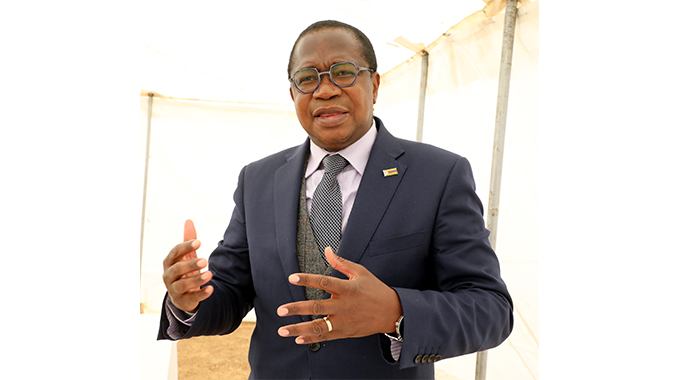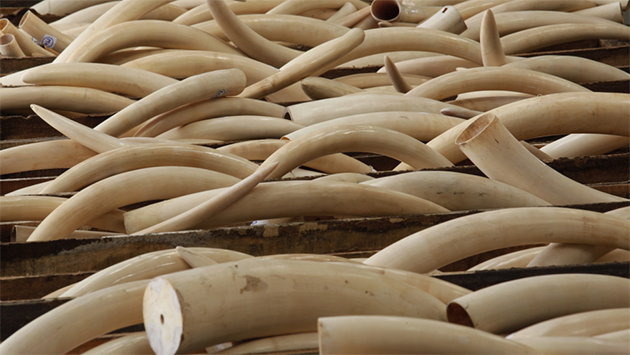Old Bulawayo on course to regain lost glory

Mashudu Netsianda, Senior Reporter
THE restoration of King Lobengula’s original capital, Old Bulawayo, is on course with major civil works, which include the roofing of the King’s Palace, set to begin this week while one of the beehives and wagon shed have been completed.
The King’s Palace, the beehives (iqhugwana) and cattle kraal are the major components of the iconic cultural heritage site.
Old Bulawayo, which was built by King Lobengula in 1870 and was burnt down in 1881 to counter invasion by white colonialists, is part of the Heritage Corridor recently launched by President Mnangagwa.
Old Bulawayo is an important cultural heritage site for tourism and education.
One of the King’s commanders, General Magwegwe Fuyana, led the process of burning down the capital after which the King and his subjects moved northwards to the present-day State House in Sauerstown suburb in Bulawayo.
There were efforts to restore Old Bulawayo in the 1990s, but nothing materialised.
King Lobengula was the last King of the Ndebele and his kingdom collapsed in 1894 after it was raided by white settlers, marking complete colonisation of present-day Zimbabwe.

The Old Bulawayo Monument which is undergoing restoration
It is envisaged that once complete, the site will boost the city’s tourism industry.
When Chronicle visited the site yesterday, the news crew observed that one of the beehives has been completed.
The cattle kraal, which is also an integral part of the settlement, is in the process of being fully reconstructed and a lot of ground has been covered. The wagon shed has already been thatched.
Work on the erection of the perimeter for the palisade, which demarcates the central part of Old Bulawayo from the periphery is near completion.
Roofing material for the King’s Palace has been sourced and is at the site. Fireguards have also been constructed.
Government has completed the upgrading of the 7km stretch from Matopos Road leading to the site under the first phase of the programme.
The ministries of Home Affairs and Cultural Heritage as well as Environment, Climate, Tourism and Hospitality Industry are spearheading the project.
National Museums and Monuments of Zimbabwe (NMMZ) executive director Dr Godfrey Mahachi said there is tremendous progress on the ongoing works.
“There is a lot of work going on at Old Bulawayo and the project is within the 100-day cycle. The roofing of the King’s palace will start this week and we are also working on the exhibition for the King’s Palace so that we get that done in the next few weeks,” he said.
“We will then move to the interpretative centre. We have one beehive that is complete and this week we will be adding more beehives and roofing the Palace.”
Dr Mahachi said they were optimistic that by end of next month, most of the major works would have been completed.
“One of the challenges is that some of the materials such as thatching grass are difficult to get, but we will spread our search to make sure that the project progresses well. The reconstruction of beehives is a specialised job, which has to be done properly hence we do not want to rush,” he said.
Dr Mahachi said they are targeting to reconstruct 10 beehive huts, which were central to King Lobengula’s existence at the site.
The structures are associated with the King and the royal family.
They are also working on revamping the museum exhibition centre, which will be completed under the first phase.
“We will also renew the information panels, including the material culture which is part of the thatch of the interpretative centre. We also intend doing something on the Jesuit Mission because it is also very integral to Old Bulawayo,” Dr Mahachi said.
He said they want the role of the Jesuits to come out clear in the story of Old Bulawayo.
Dr Mahachi said at the moment they are mobilising information around how the Jesuits interacted with King Lobengula and how their presence contributed to the demise of Old Bulawayo.
The site is already connected to the national grid with running water being electrically pumped from a borehole.
The restoration of King Lobengula’s capital was mooted in 1993 in the run-up to Bulawayo’s centenary celebrations and work was completed in 1997 with the help of royal experts from KwaZulu Natal Province inSouth Africa.
The palace was however gutted by fire in August 2010 and remained an eyesore as the Khumalos and NMMZ disagreed over who was to initiate the restoration process. — @mashnets












Comments